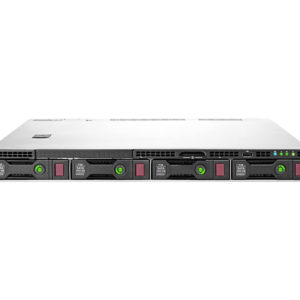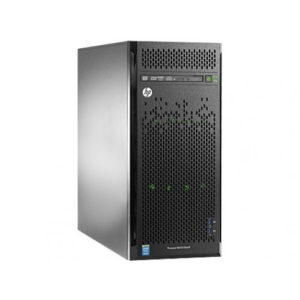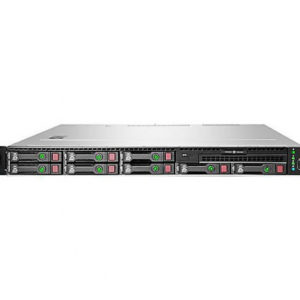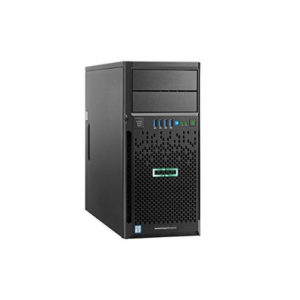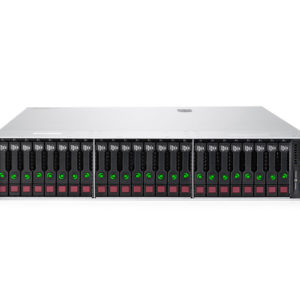When picking a server, examine the great importance of certain functions based mostly on the use situations.
We know that identical, virtualized and clustered white box servers are able to take care of any workload, so as the cloud transforming, all organizations can run applications.
As more corporates deploy workloads in the community cloud, regional data centers so that there is less workload to host on being on premises.
This is prompting IT to hide out additional investment leads to the shrinking server fleet.
Currently, the expansive white box programs are challenged by a new wave of specialization with server functions. Some businesses are rediscovering the idea that a person server might certainly match all. But you can decide on or even tailor server cluster hardware to accommodate particular utilization categories.
1. VM consolidation
The server virtualization is to host multiple VMs on the server which offers compute sources.
VMs largely depend on server memory (RAM) and processor cores.
How to size the number of VMs can reside on a supplied server so that you can configure VMs to use a huge memory space and processor cores. Not possible is it?
The rule of thumb on servers involves selecting one with extra memory and processor cores will normally allow far more VMs to reside on the similar server, which increases consolidation.
In case, a Dell EMC PowerEdge R940 rack server can host
· Up to 28 processor cores and
· Up to 6 TB of memory assist 48 double facts to charge 4 (DDR4) twin inline memory module (DIMM) slots.
Some corporates may select blade servers as portion or substitute for hyper-converged infrastructure units.
Servers with higher degrees of VM consolidation consist of server capabilities such as
· Redundant warm-swappable ability, and
· Resilient memory capabilities,
· DIMM sizzling swap and
· DIMM mirroring.
2. Network I/O
How to choose a server for consolidated purposes as well as a community I/O.
Business workloads routinely trade info, entry centralized storage assets, interface with buyers throughout the LAN or WAN and so on.
Network bottlenecks can consequence when a number of VMs attempt to share the identical small-conclusion community port. Consolidated servers can benefit from a quick community interface, such as a 10 Gigabit Ethernet port, so choose a server with many 1 GbE ports.
3. Container consolidation Increases RAM req
Virtualized containers allow to deploy apps as scenarios that offer code and dependencies together in containers share the same underlying OS kernel. Generally, Containers are scalable cloud-based application development and deployment.
As with VM consolidation, compute methods will have a direct result on the number of containers that a server can host, so servers meant for containers to have enough amount of RAM and processor cores. A lot more compute resources will allow for more containers.
First, large quantities of simultaneous containers can impose significant interior I/O problems for the server. Each container will have to share a frequent OS kernel. This indicates there could be huge number containers seeking to connect with the very same kernel, ensuing in excessive OS latency that could impair container general performance.
Secondly, containers are often deployed as application components. Individuals element containers ought to communicate with each individual other and scale as wanted to improve the general performance of the overall workload. This can create API visitors among containers.
In the two cases, I/O bandwidth limits within just the server alone, as very well as the application’s architectural design and style effectiveness, can restrict the number of containers a server may possibly host efficiently.
Network I/O can also pose an opportunity bottleneck when a lot of containerized workloads will have to connect outside the house of the server across the LAN or WAN.
Community bottlenecks can slow accessibility to shared storage, delay user responses and even precipitate workload mistakes.
When it comes to networking demands of the containers and workloads, and configure the server with sufficient network potential — both as a speedy 10 GbE port or with various 1 GbE ports, which you can trunk with each other for additional velocity and resilience.
Most server types are capable of internet hosting containers, but businesses that adopt superior volumes of containers will frequently pick blade servers to incorporate compute ability with measured I/O abilities, spreading out containers in excess of a selection of blades to distribute the I/O load.
For example, Hewlett Packard Enterprise (HPE) ProLiant BL460c Gen10 Server Blade with up to 26 processor cores and 2 TB of DDR4 memory to serve for containers
4. Visualization and scientific computing
Graphics processing units (GPUs) are increasingly showing at the server stage to aid in mathematically intensive tasks ranging from large information processing and scientific computing to a lot more graphics-similar responsibilities, this sort of as modeling and visualization. GPUs also enable IT to retain and procedure sensitive, beneficial information sets in a superior-protected data center alternatively than let that data to a movement to company endpoints exactly where it can much more effortlessly be copied or stolen.
Normally, the assistance for GPUs involves little far more than the addition of a suitable GPU card in the server — there are small effects on the server’s standard processor, memory, I/O, storage, networking or other components aspects. Nevertheless, the GPU adapters included in organization-course servers are frequently much extra innovative than the GPU adapters available for desktops or workstations. In fact, GPUs are ever more accessible as highly specialized modules for blade techniques.
For example, the HPE ProLiant WS460c Gen9 Graphics Server Blade employs with Nvidia Tesla M60 Graphics card.
· Interconnect Convey with two GPUs,
· 4,096 Compute Unified Device Architecture cores and
· 16 GB of graphics GDDR5.
The graphics method help for up to 48 GPUs by the use of several graphics server blades.
The huge volume of supported GPU hardware — particularly when GPU hardware is also virtualized — enables numerous users and workloads to share the graphics subsystem.
About ServeRental
Server Rental Rates promise to beat any server rental rate by up to 10%! Our inventory is stocked with the highest quality Dell PowerEdge, HP Proliant, IBM System x and Oracle Sun x86 Servers.Also, Unix based Servers HP Integrity, IBM Power, Oracle Sun Sparc Server on Rental Available. Server rentals can be preloaded with Windows Server, Linux, or SunOS software.
Looking for Server, Storage and Networking products E-mail us: Sales@serverental.com @ Call Us: 9886699666




